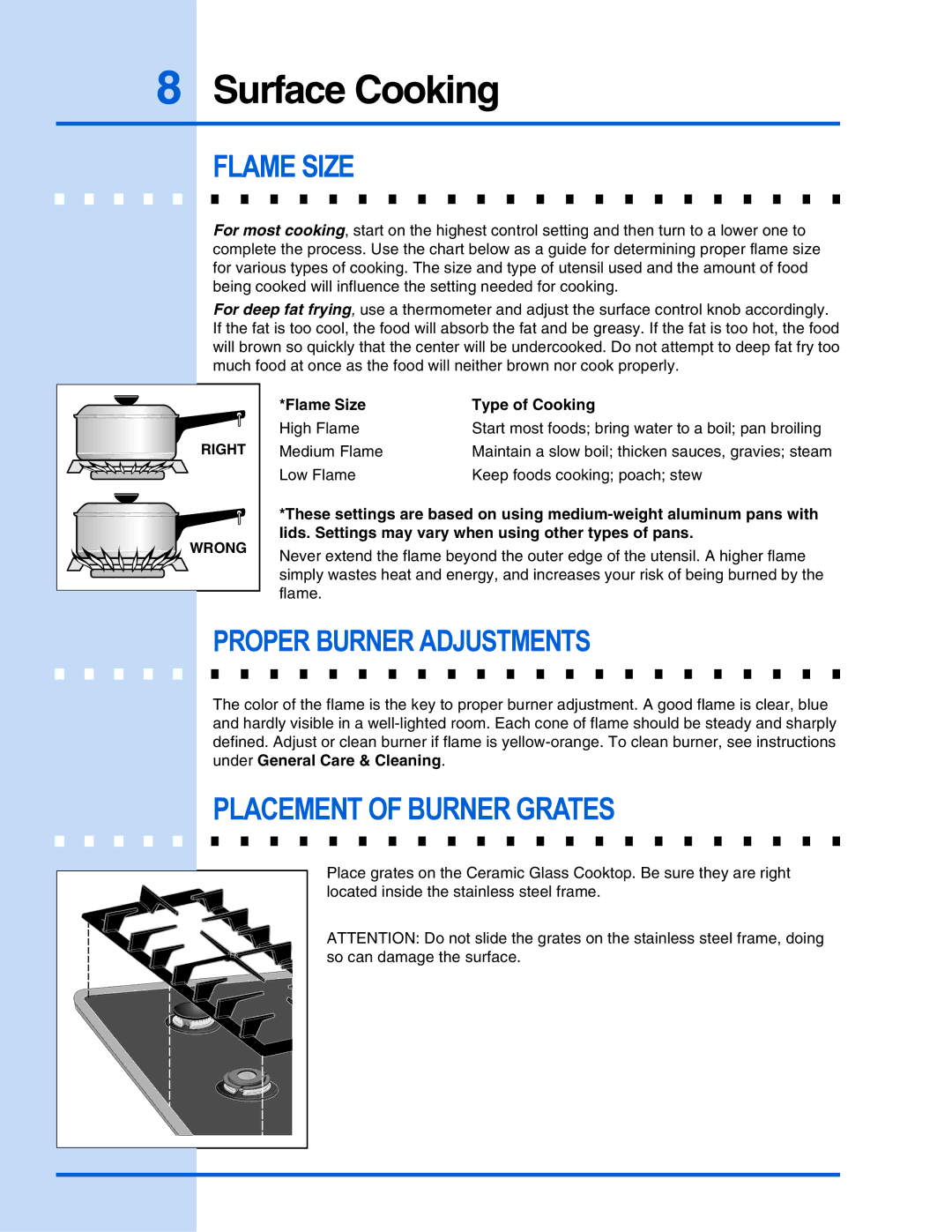318 200 687 specifications
The Electrolux 318 200 687 is a highly regarded refrigerator model known for its innovative features and reliable performance. This appliance seamlessly combines functionality with style, making it a popular choice for modern kitchens.One of the standout features of the Electrolux 318 200 687 is its spacious interior, designed to maximize storage options while maintaining a compact footprint. With adjustable shelves and door bins, users can easily customize the layout to accommodate various food items, from snacks to large containers. The fridge also comes equipped with a dedicated crisper drawer, which helps keep fruits and vegetables fresh by regulating humidity levels.
The cooling technology in the Electrolux 318 200 687 incorporates a frost-free design, which eliminates the need for manual defrosting. This feature ensures consistent cooling throughout the refrigerator while preventing ice buildup, making maintenance a breeze. Furthermore, the appliance utilizes energy-efficient components that not only lower electricity costs but also lessen the environmental impact.
Another notable characteristic of the 318 200 687 is its advanced air circulation system. This technology evenly distributes cool air throughout the refrigerator, ensuring that every corner remains at the optimal temperature. As a result, food stays fresher for longer periods, reducing waste and enhancing overall food preservation.
The refrigerator also includes innovative features such as LED lighting, which provides bright illumination while consuming less energy compared to traditional incandescent bulbs. The sleek design not only enhances visibility but also adds a modern touch to any kitchen space.
In terms of usability, the Electrolux 318 200 687 features intuitive controls that make temperature adjustments straightforward and precise. Additionally, the appliance operates quietly, ensuring that it does not disrupt the peaceful atmosphere of home life.
Overall, the Electrolux 318 200 687 stands out as a top choice among refrigerators, offering a winning combination of features, technologies, and characteristics that enhance everyday living. Whether you're looking to upgrade your kitchen or replace an old model, this refrigerator is designed to meet the needs of households while providing long-lasting performance and efficiency. With its thoughtful design and user-friendly functionalities, it remains a smart investment for any kitchen.

